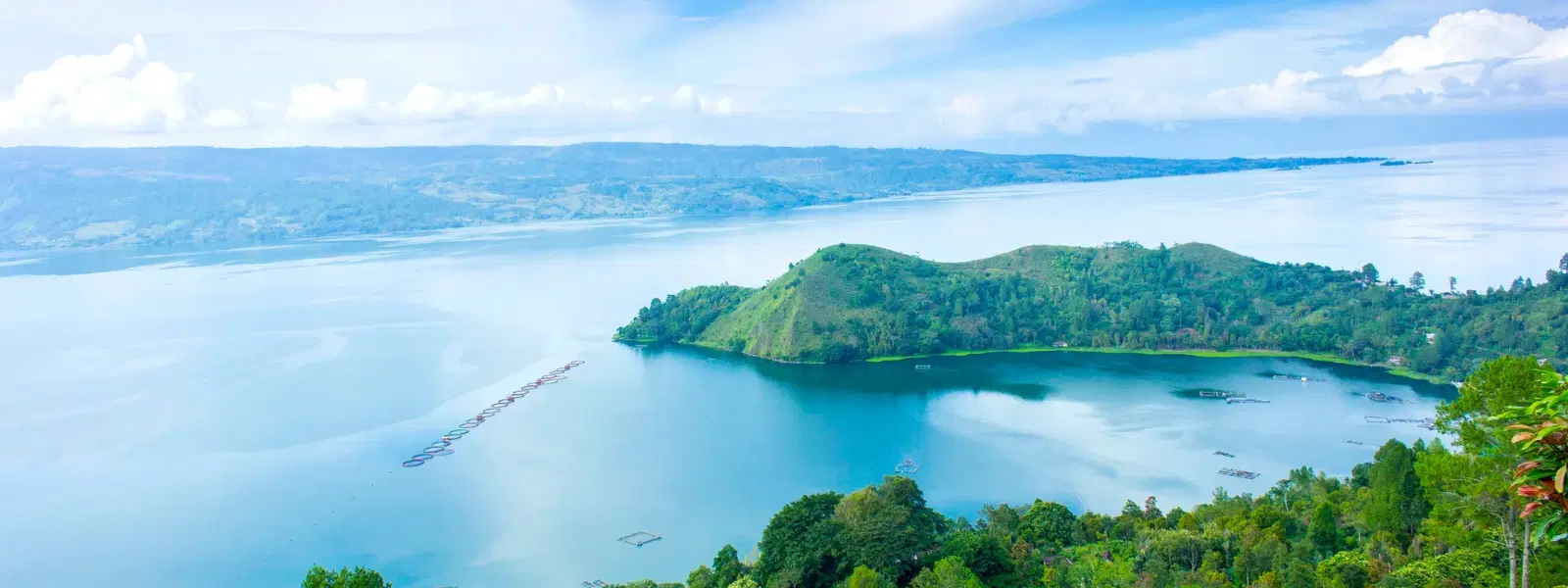
Hotels
•03 min read

Majete Island, nestled in the heart of Assam, is a vibrant tapestry of lush greenery and flowing waterways that create a unique riverine ecosystem. This blog post serves as a comprehensive FAQ guide, offering insights into the island's rich biodiversity, conservation efforts, and practical tips for exploring this hidden gem. As you journey through the world of Majete Island, you'll uncover the secrets of its remarkable flora and fauna while learning about its critical role in Assam's natural ecosystems.
A riverine ecosystem refers to the dynamic environments that exist along river corridors. These areas are fundamental in maintaining biodiversity and ecological balance. In Assam, the meandering rivers and floodplains provide an ideal setting for such ecosystems, supporting a wide range of species and serving as natural conduits that enrich the soil and water. The riverine ecosystems in Assam are not only picturesque but also vital for sustaining local agriculture and wildlife.
Majete Island is an underrated marvel located in Assam. Known for its pristine natural beauty and ecological significance, this island stands apart from its counterparts like Majuli. While Majuli is celebrated for its cultural heritage, Majete Island offers an equally compelling allure with its untamed natural landscapes and diverse habitats. By understanding the distinct ecosystems present here, visitors can appreciate the subtle differences that make each island unique.
The island is home to a myriad of plant species, each playing a crucial role in sustaining the local environment. Native trees and shrubs act as natural filters for the waterways and provide shelter for countless species. Majete island flora and fauna include a fascinating mix of migratory birds, aquatic life, and terrestrial animals that thrive in its protected habitats.
The intricate web of flora, fauna, and water systems on Majete Island reflects the broader biodiversity found across Assam's riverine landscapes. This interconnectedness not only supports diverse wildlife but also maintains the natural balance, ensuring that every element, from the smallest insect to the largest mammal, contributes to the ecosystem's health. The island plays a significant role in bolstering Assam's natural ecosystems, making it a key site for ecological study in Assam.

Conservation initiatives on Majete Island are at the forefront of efforts to protect and nurture its riverine habitat. Various projects, spearheaded by local communities and environmental organizations, focus on riverine habitat conservation through habitat restoration, sustainable land management, and ecological monitoring. These initiatives ensure that the rich biodiversity is preserved for future generations while promoting responsible environmental practices.
Despite ongoing conservation efforts, Majete Island faces several environmental challenges. Erosion, habitat loss, and human-wildlife conflicts are significant issues that threaten its delicate balance. Moreover, the impacts of climate change further amplify these risks. Innovative strategies and the active participation of local communities are essential to mitigate these challenges and safeguard the island's ecological integrity.
For those in search of Assam wildlife exploration, Majete Island offers an array of nature tourism experiences. Visitors are encouraged to savor the beauty of its untouched landscapes through activities such as birdwatching, photography, and ecological studies. The natural scenery, enriched by the island's vibrant wildlife, makes every moment an opportunity to connect with nature.
The island is also a hotspot for ecological research, providing ample opportunities for scholarly pursuits and hands-on study. Researchers and students are drawn to its diverse ecosystems to study the interactions between land and water, and to document how conservation efforts pay off on the ground. The knowledge gained here contributes significantly to the broader understanding of riverine ecosystems in Assam.
"Did you know? Riverine ecosystems like those on Majete Island act as natural buffers against flooding, support diverse wildlife, and contribute to the livelihoods of local communities. Protecting these habitats is crucial for ecological and economic stability."

Majete Island stands out due to its rich biodiversity, including rare flora and fauna, and its relatively untouched ecosystem, making it a prime location for ecological studies and conservation efforts.
Visitors can explore responsibly by adhering to eco-tourism guidelines, avoiding littering, and respecting wildlife habitats. Participating in guided tours can also enhance the experience while minimizing ecological impact.
Key challenges include erosion, habitat loss, and human-wildlife conflict. Climate change also poses a significant threat to the island's delicate ecosystem.
Yes, Majete Island is an excellent destination for birdwatching and wildlife photography due to its diverse avian population and scenic natural landscapes.
Majete Island plays a vital role in maintaining biodiversity, supporting riverine habitats, and acting as a natural flood buffer, which benefits both wildlife and local communities.
Majete Island not only captivates with its breathtaking landscapes and vibrant biodiversity but also stands as an important site for ecological study and riverine habitat conservation. By understanding its unique features and embracing sustainable exploration practices, visitors can contribute to the preservation of this natural treasure. As we learn more about the role of riverine ecosystems in Assam, the call to protect these environments becomes even more essential for ensuring ecological balance for future generations.